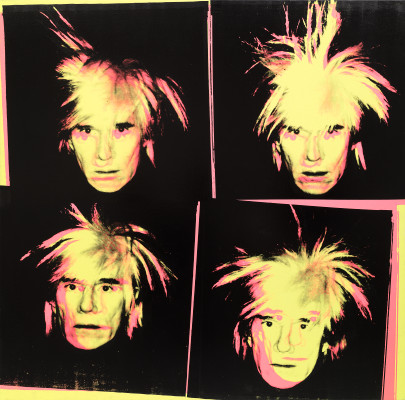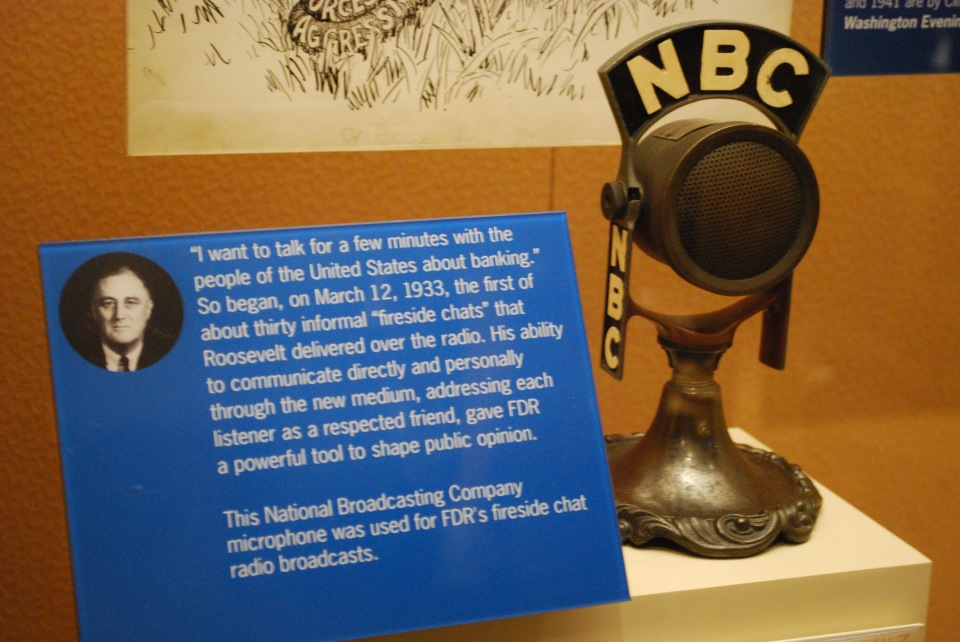As adults, we often have a tendency to underestimate early childhood learners. Maybe it’s because our memories of those years are few and far between? Or perhaps it’s because we only think in terms of the limitations of working with early learners, such as their inability to read or write proficiently? Maybe it’s simply because we think they can’t possibly have gained enough knowledge in their few trips around the sun to meaningfully engage with objects or ideas. Whatever it is, as educators and as people, underestimating early learners is one of the biggest mistakes we can make. After all, 90% of a child’s brain is developed by age 5!
Some of our underestimation of early learners may stem from the fact that, as museum educators, we often do not have an intimate familiarity with our audience. Subsequently, we must do our best to understand our audiences holistically. In the case of early childhood learners, though we do not have the understanding of our audience that a parent, guardian, or teacher may have, a general understanding of their development and typical milestones can go a long way. In order to successfully engage and educate early childhood learners it is important to both understand where they are developmentally and understand how to meet them there.
Every child is unique, and as such, every child develops differently. There are, however, milestones that are generally recognized as representative of the average development of children. Early childhood development is often broken down into five categories: physical, communication and language, understanding and thinking, behavior, and self-care. For education in a museum setting, the most important developmental categories to consider are communication and language, and understanding and thinking, as these are the skills children will most likely be demonstrating and using.
Communication and Language
| 3-4 Years Old | 4-5 Years Old |
|
|
Thinking and Understanding
| 3-4 Years Old | 4-5 Years Old |
|
|
With an understanding of these developmental markers, museum educators can create programs for early learners that are age appropriate, effective, engaging, and fun. But how do we put them to use?
Well, two of the greatest abilities early learners have are their vivid imaginations and their unlimited creativity. An excellent way to tap into these abilities is with stories, which quickly capture the innovative mind of an early learner. Whether fiction or nonfiction, the right story paired with the right object can have early learners meaningfully engaged in a discussion on just about any topic. (Yes, it really is possible!)
Let’s take a look at a few examples…
Self-Portrait, Andy Warhol, 1986 (National Gallery of Art)

As a well known and prolific artist, Andy Warhol is an excellent way to introduce early learners to pop art. His frequent use of bright colors and repetition in his art, coupled with his uniquely fascinating views on life make his works an avenue through which any multitude of topics can be explored. When I think of potential topics that this portrait could be used for, two immediately come to mind – Andy Warhol as an artist, and self-portraits as an exploration of identity.
Uncle Andy’s: A Faabbbulous visit with Andy Warhol, by James Warhola would offer early learners a chance to consider who Warhol was, and Warhol’s well-known look combined with the bright colors in the portrait are sure to spark some curiosity. Uncle Andy’s, written by Warhol’s nephew, takes a look at the artist’s life and his views on art through the eyes of a child, making the story both an accessible and accurate way of introducing Warhol’s life and art to early learners.
On the other hand, I’m Gonna Like Me: Letting Off A Little Self-Esteem by Jamie Lee Curtis offers the chance to engage early learners in the idea of who they are and what they like about themselves. In Self-Portrait, Warhol chose to make himself the subject of this work, and as a result, chose how he wanted to represent himself. By looking at the four ways Warhol represents himself in this portrait, early learners could talk about identity, how they see themselves, and even how they want others to see them.Though I’m Gonna Like Me, a work of fiction, does not tie directly to Warhol or his self-portrait, combining the story with the portrait provides an accessible way to introduce and talk about identity.
NBC Microphone (National Museum of American History, The American Presidency: A Glorious Burden)

Franklin Delano Roosevelt is perhaps one of America’s most well known presidents. Holding office during a series of difficult times for the country, he offers a great way to discuss the presidency (and many other topics) with early learners. Combined with this object, an introduction to who the president is and what their job entails could be aided by reading
P Is for President by Wendy Cheyette Lewison, a lesson on the significance of communication could be facilitated with Louder, Lili by Gennifer Choldenko, and a discussion on the electoral process could be enhanced by reading Duck For President by Doreen Cronin.
Little Girl In a Blue Armchair, Mary Cassatt, 1878 (National Gallery of Art – Currently Unavailable)
In addition to using stories to connect themes and topics to museum objects, some stories themselves already connect directly to museum objects, as is the case of Suzette and the Puppy: A Story About Mary Cassatt by Joan Sweeney. Though it is a work of fiction, the story imagines just how the little girl in the armchair and her canine companion became the subjects of this portrait. A sweet and funny story about Suzette and the puppy’s adventures in the park, this book can help kids imagine the subjects of paintings as real individuals, and it offers an excellent way to introduce Mary Cassatt and impressionism to early learners.
Stories can be used to connect early learners to just about any concept, but in a museum setting, coupled with an object, their power is even greater. By simply understanding what early learners can do and what they enjoy, meaningful, engaged discussions and learning on countless topics can and will take place. Give it a try and see for yourself… You’ll be amazed at what these little learners and their incredible minds can do!
Sources
https://www.zerotothree.org/resources/1371-when-is-the-brain-fully-developed
http://www.kamloopschildrenstherapy.org/communication-preschool-milestones
http://www.kamloopschildrenstherapy.org/understanding-thinking-skills-preschool-milestones
https://www.nga.gov/Collection/art-object-page.111757.html
https://www.goodreads.com/book/show/647475.Uncle_Andy_s
https://www.goodreads.com/book/show/158176.I_m_Gonna_Like_Me
http://americanhistory.si.edu/exhibitions/american-presidency
https://www.goodreads.com/book/show/27876856-p-is-for-president
https://www.goodreads.com/book/show/799147.Louder_Lili
https://www.goodreads.com/book/show/96128.Duck_for_President
https://www.nga.gov/Collection/art-object-page.61368.html
https://www.goodreads.com/book/show/869407.Suzette_and_the_Puppy








